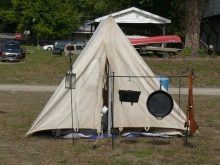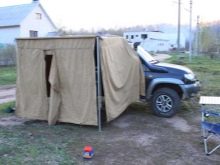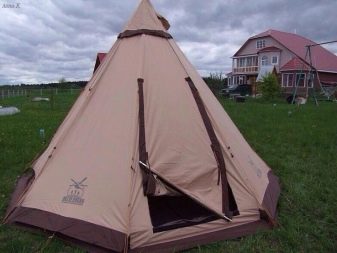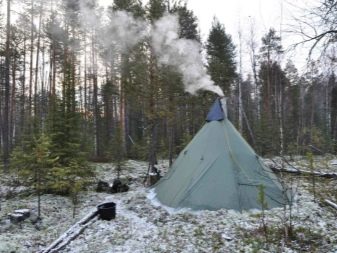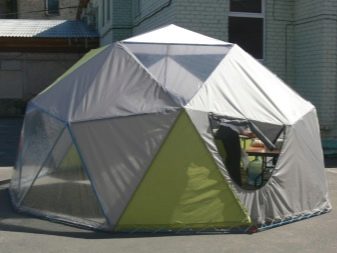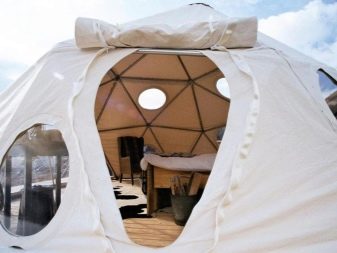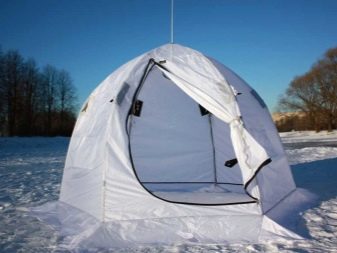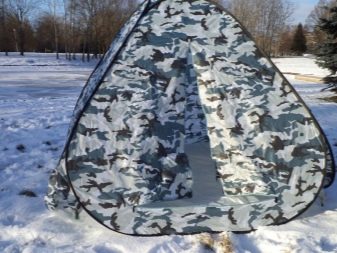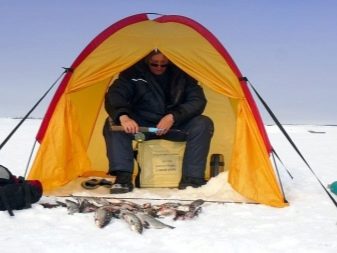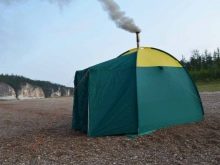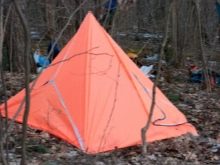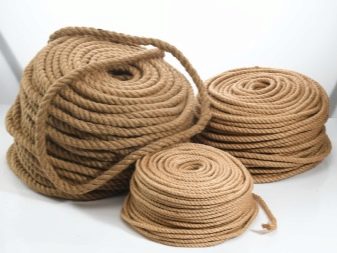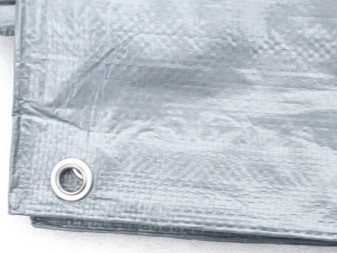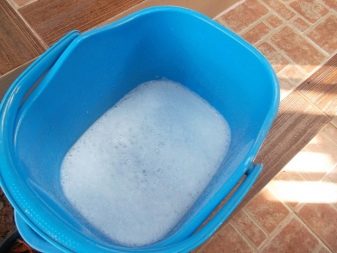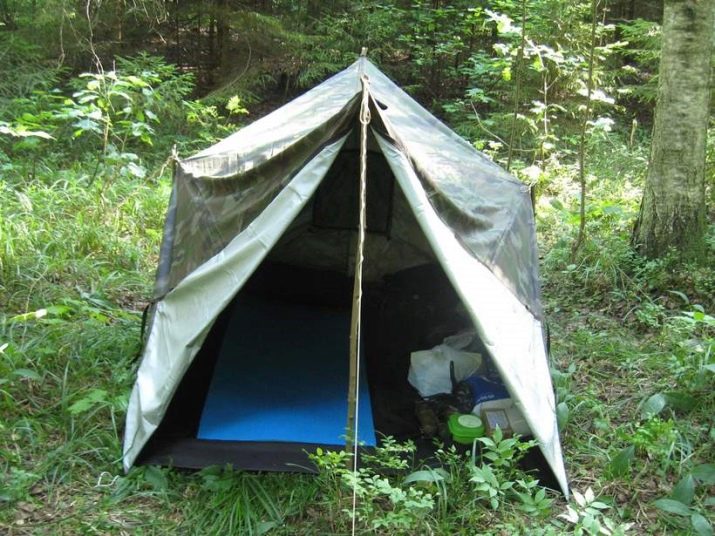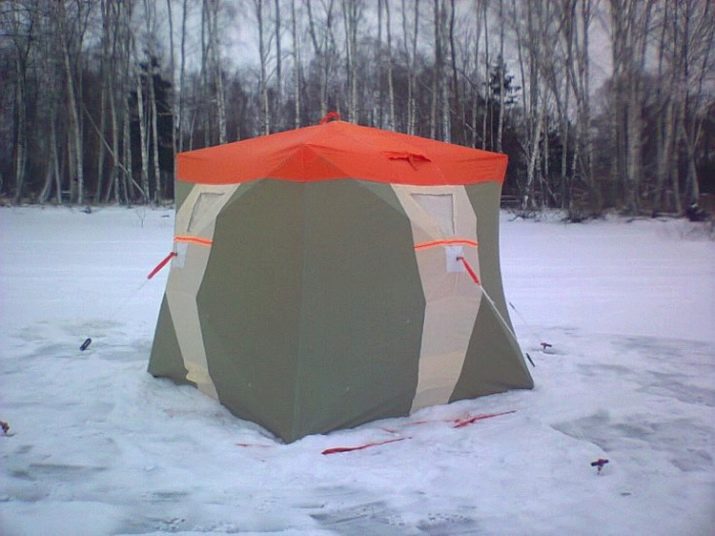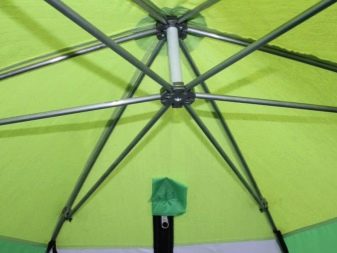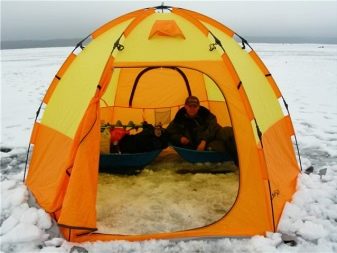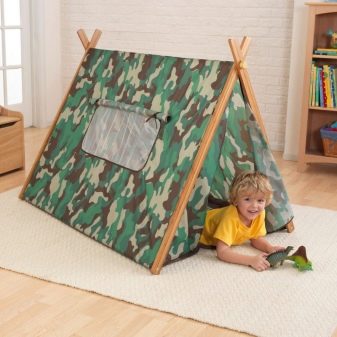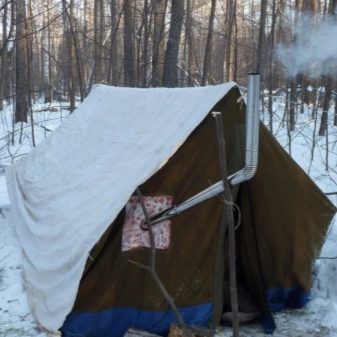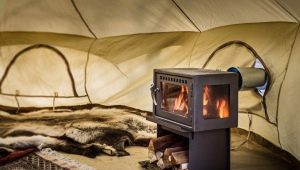How to make a tent with your own hands?

Fans of outdoor activities do not represent how you can get out into nature or even go hiking without a quality tent. However, many models of this structure today cost large sums that are not available to every family. In order not to deal a blow to the budget, but at the same time not to deprive yourself of your favorite type of activity, it would be good to learn how to make this necessary item yourself.
Types of construction
Camping tent can look different. Model "chum" looks very unusual. A large structure is made of waterproof fabric, and the frame is usually made of steel. The dimensions of the tent even make it possible to make a fire inside, as there is a special opening in the upper part through which smoke goes. There is only one entrance to the “plague”, and installation is impossible without a pole.
This model is quite expensive and difficult to operate, so it is not suitable for frequent and short-term use.
Dome tent in appearance it resembles a needle, which favorably distinguishes it against the background of ordinary constructions. Its base is rectangular, and the frame is created from two arcs. The coating can be both single-layer and double-layer.
Such tents are convenient and comfortable in operation, but are quite heavy and sometimes create difficulties with airing.
Tent for winter fishing Also available in various variations. Many of them, however, are used for summer holidays. Model "umbrella" is considered one of the simplest due to the elementary assembly and installation of the structure. For the framework, as a rule, durable, but lightweight materials are used, and everything is covered either with an exclusively synthetic fabric, or its combination with a canvas fabric.
Enjoys popularity model "automatic" and set under the influence of the spring. This design is easy to carry and install, but its folding back may cause some difficulties, especially for inexperienced fishermen. In addition, the stability of the tent is very weak, and the gusts of a strong wind can trivially tilt it. The frame folding variation gathers from several arches forming a basis, and an awning, its covering.
It is again considered to be very easy to use, but not particularly resistant.
Materials used
When the tent is made personally, there are special conditions that must be met by the finished structure. It should be sustainable, so as not to lose its shape, not only with long-term use, but also with heavy rains, gusts of wind and other weather patterns. Besides, it is important that it is not so difficult to transport and install, and the size is suitable for the number of people who plan to use it. All of the above factors and determine exactly what materials are used.
The main requirement - it is important that they are dense, waterproof and not very heavy.
For example, experts recommend using thin canvas, parachute cloth, percale - normal or rubberized, stretch fabricdesigned for the manufacture of waterproof clothing banner or just for the tent.
If we talk about the density, measured in grams per square meter, then the best indicator of a tent cloth is 260, followed by a raincoat fabric with a figure of 200 and rubberized percals, whose density reaches 250 grams per square meter.When the goal is to make an awning, then a film of polyethylene is suitable, the density of which ranges from 50 to 100 grams per square meter.
The frame is formed from a light material, but at the same time durable. And it is not at all necessary to acquire a new product - aluminum tubes from a folding bed, PVC pipes, ski poles will do. Also suitable polypropylene blanks. It is better not to use plastic constructions, as they do not differ in stability.
Required Tools
Additional tools are determined depending on what form the tent is to be made. As a rule, we are talking about high-quality and durable ropes, ribbons required for the treatment of stitches, threads with needles and special bedding.
Instructions for making
To sew a scarf with your own hands, it is enough to have certain knowledge and skills. At the preparatory stage, when a pattern is still being searched for on the Internet, or else the drawing is made independently, it is also necessary to prepare the properly used material. In the case when the fabric is already impregnated with water-repellent solutions, you will not need to do anything extra, but the same cloak of tarpaulin will have to be additionally impregnated with a special agent.
There are several proven recipes suitable for this purpose. For example, at first the fabric is soaked in a 40-50% solution of soap, and then it is transferred to a 20% solution of copper sulfate for several minutes. The processed cloth is dried qualitatively before further use. You can also stir in 4 liters of heated water, a pound of soap, 450 grams of rosin and 25 grams of commercial soda. The fabric is soaked for about a couple of hours, after which it is also dried qualitatively. Finally, alum will also be suitable for this purpose, which combine with water so that there are 4 parts of alum per 10 parts of water.
There are also added 2 parts of fish glue and part of laundry soap. The material treated in this solution will also have to be rinsed in water with 4% vinegar after pressing.
During work, it is important to comply with safety regulations and be sure to wear gloves. If you do not want to bother with additional processing, then you can simply cover the tent with a film that is attached to clothespins.
Next you have to sew a tent according to the existing scheme. The simplest model implies the simplest frame, which is a riser from a conventional ski pole. However, it is better to build a structure in the shape of the letter “L”, which will be distinguished by better stability. In principle, if the tent is to be used in a wooded area that allows it to be fixed between two trees, then a standpipe will not be required at all.
The tailoring itself, as a rule, consists of sewing in stretch marks with the help of nylon ropes, setting loops for pegs, as well as fastening the zipper. The base is cut out of rubberized material and simply connects with the cape. It is important not to forget about the holes intended for airing. The fastest way is to create small cuts and place a regular branch in them, pre-sheeting the edges with threads. Optionally, a window is additionally created in one of the walls.
Creature winter tent which can be used for fishing, looks a bit more challenging since It is important that the structure could protect the wearer from precipitation and hypothermia. The frame in this case will be more difficult, so you have to stock up on old skis with sticks, tubes, and folding bed. The material for the tent itself should be as dense and reliable as possible. Since the skis are taken for the foundation, their use will allow the structure to be transported to the required place.
The ski poles are used as vertical bases, and the tubes are transformed into a horizontal upper crossbar.For fixing the frame fit special tees, the diameter of which must be properly selected. The lower part of the ski poles is inserted into the skis, fastened with a metal plate and a "T-shaped" tongue. Curved tubes from a folding bed are suitable for connecting the structure with the angler's box. The procedure is carried out due to the presence of a copper spring. The cape is usually fixed using ordinary ropes and brackets attached to the skis.
Additionally, it is recommended to think of a weighting agent, because in bad weather a light structure can trivially knock down with a snowstorm.
Choices made in favor of the umbrella model, allows you to significantly simplify the work. The frame in this situation is assembled from duralumin tubes or rods. Such material will give the necessary rigidity that can withstand an unusual shape. The cape is cut from either tarpaulin or synthetic fabric.
The frame tent on the arcs is rarely chosen by fishermen, but it is still done just as easily. The construction itself is assembled from robust arcs made of either duralumin or fiberglass. The cape is made of ordinary materials. The tent "automatic" requires a frame structure assembled from metal rods: durable, but at the same time flexible.
Sometimes the tent is sewn not only for the purpose of hiking or winter fishing, but also for playing children. The frame of this design is going from wood. In addition to 4 fairly long bars, you will need a cut of fabric, a crossbar and elastic bands. Fastening occurs with a conventional drill. Bars are crossed in pairs at the intersection point, and a hole for the crossbar is drilled there. Fixing the frame, it is necessary to do a fabric material.
For the tent it will be enough to only sew a small piece of gum, folded in half, on every corner. At the end of the canvas is stretched on a wooden frame.
In general, sewing of any tent is carried out according to the same instructions. The first thing is the choice of the model, after which the dimensions are determined. Proven tourists recommend planning the building so that it can accommodate from 2 to 4 people, and for each there is a space of 50 by 200 centimeters.
It is necessary to immediately think of places for overnight stay and for storage. The optimum height of the tent is considered to be 150 centimeters.
The drawing is created immediately at the current scale, depending on which it is calculated how much fabric and other materials will be needed. The selected fabric is cut according to the drawing. When stitching elements, a double stitch should be used, which should then be covered with rubber glue. The band is pre-washed and dried to avoid shrinkage during operation. Next, the selected method creates loops, which will then be fastened with braces.
The entrance to the tent is most often formed from a pair of cloths that are closed with eyelets and zippers. In addition, it is worth creating a threshold that protects the internal space from the penetration of liquid or dirt.
How to make a tent with your own hands, see the next video.
